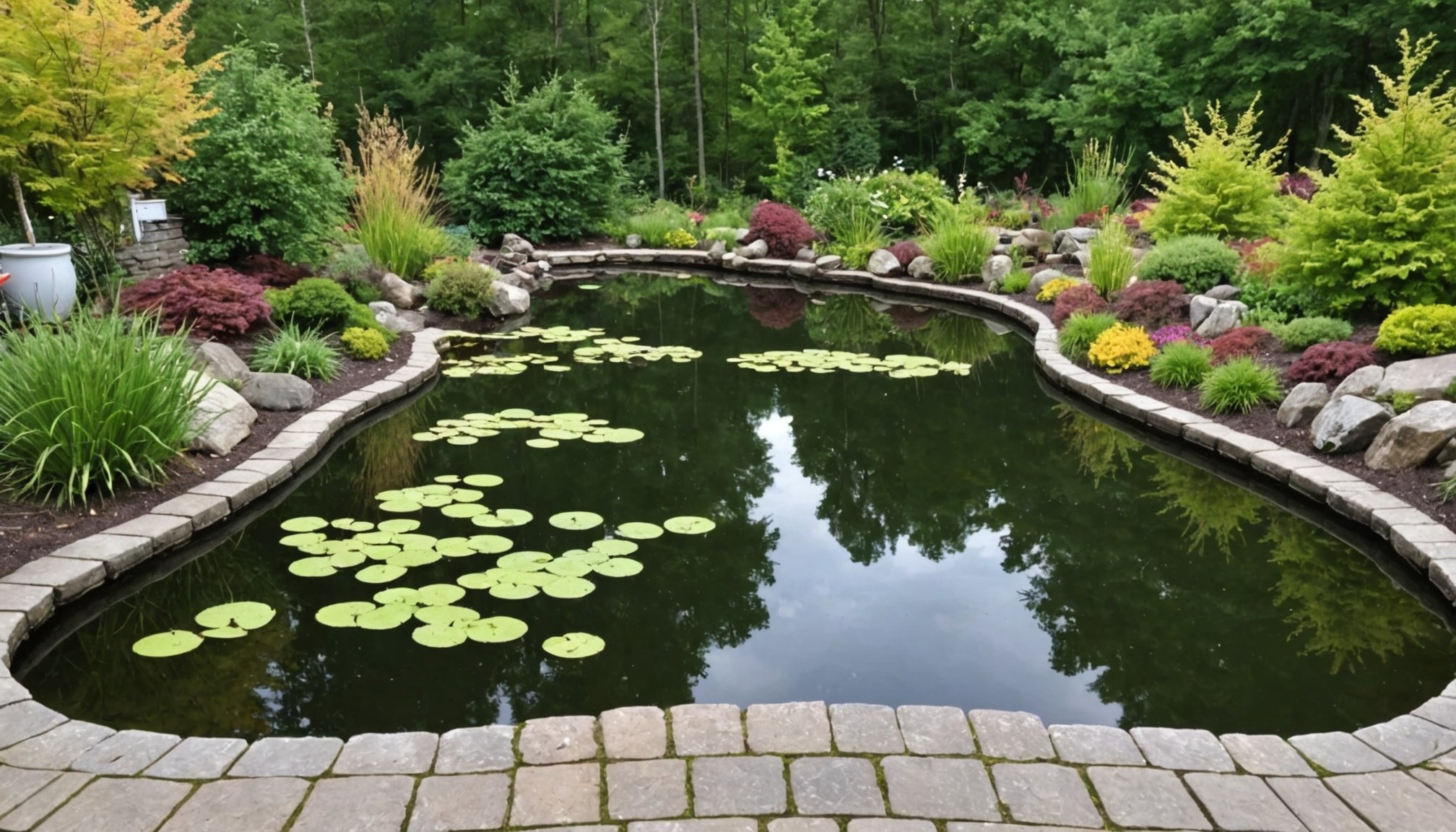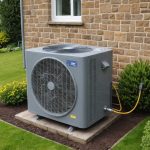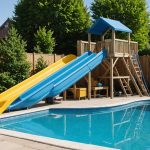Understanding Winterization for Ponds
Pond maintenance becomes crucial as the cold season approaches, especially in the Northeast UK, where weather patterns can dramatically impact water bodies. Winterizing ponds is not just about preparing for snow and ice—it’s about maintaining a delicate ecological balance.
In colder months, ponds are prone to freezing, which can disrupt the lives of aquatic plants and animals. By properly winterizing ponds, you ensure the survival and health of this ecosystem. This involves a series of tasks that safeguard against the potentially harsh winter of the Northeast UK.
A voir aussi : Ultimate Guide to Nurturing Bonsai Trees in Northern UK Homes: Tips for Growth and Care
Importance of Winterization
Proper winterization directly affects pond ecology. Fish, for instance, require adequate oxygen levels, which can plummet under a thick layer of ice. Ensuring some movement in the water, perhaps using a water feature, helps maintain oxygen flow. Similarly, aquatic plants need light and protection from ice damage to flourish again when the weather warms.
Seasonal Climate Impacts
The Northeast UK weather is distinctive. Sudden temperature drops and prolonged frost can severely affect pond conditions. It’s critical to understand these seasonal impacts to tailor your pond maintenance routine. Effective winterization involves planning for these shifts in a methodical manner, ensuring the ecological integrity of your pond remains intact throughout the winter season.
A découvrir également : Mastering Watering Techniques: Optimal Herb Garden Care for the UK”s Ever-Changing Summer
Water Level Management
Maintaining the pond water level is crucial, especially as winter approaches. Optimal water levels help prevent ice from damaging the pond’s ecosystem. It’s important to keep the water deep enough to insulate aquatic life from freezing temperatures. Shallow ponds can freeze entirely, putting wildlife at risk.
Proper drainage methods are essential in managing water levels for winter pond care. One effective technique is to employ overflow systems that regulate excess water naturally. Overflow pipes allow excess rainwater to exit the pond safely while retaining adequate depth. Regularly check your pond’s drainage system to ensure it is clear of debris and functioning efficiently.
Winter pond care extends beyond just maintaining the right water level. It’s vital to ensure that ponds do not overflow or freeze too shallow, as this can cause stress to aquatic life and disrupt their hibernation cycles. To keep your pond healthy, consider these solutions:
- Water pumps: These can maintain circulation, preventing the surface from freezing over completely and ensuring oxygen levels remain sufficient.
- Heaters or de-icers: Strategically placed, they can keep an opening in the ice, crucial for gas exchange.
Overall, understanding and managing these factors ensures a thriving pond environment, even through the coldest months.
Plant Care for Winter
When preparing for the cold months, it’s essential to discern between hardy and non-hardy aquatic plants. Hardy plants, such as water lilies, can often survive under ice, while non-hardy varieties may require additional protection. Understanding this distinction is crucial in determining your winterizing strategy.
Protecting and maintaining pond vegetation involves a few strategic steps. First, for hardy plants, ensure they are submerged at least 12 inches below the surface to prevent freezing. Non-hardy plants, on the other hand, might need to be brought indoors or insulated in some manner to avoid frost damage. This could involve housing them in an aquarium or placing them in a cool, frost-free area with plenty of sunlight.
Timing is another vital element of winterization. Begin cutting back aquatic plants once the temperatures consistently drop and growth has ceased. Removing dead leaves and stems not only tidies up the plants but also prevents decay which can deteriorate pond water quality.
With a bit of planning and proper maintenance, your pond vegetation can thrive even through harsh winter conditions. Understanding plant characteristics and timing your interventions can safeguard your garden’s vitality year-round.
Fish Safety and Care
Ensuring pond fish health throughout the winter requires meticulous fish winter care. Before the chilly months set in, it is crucial to assess the health of your fish. Examine their behaviour and appearance for any signs of illness or stress. Healthy fish are agile, and their scales should be intact and vibrant.
In winter, the metabolic rate of fish decreases, thus altering their feeding requirements. It is advisable to reduce the quantity of food given and choose easily digestible varieties. Feeding should be halted when water temperatures fall below 10°C, as fish activity reduces significantly. Overfeeding can lead to water quality issues, posing risks to the health of your koi and other fish.
Moreover, creating refuges or shelters in the pond is key in koi winterizing. Refuges might include using pond heaters or positioning rocks and plants strategically to offer protection against low temperatures and predators. These shelters provide a safe haven, especially when the water surface begins to harden. Throughout winter, monitoring the pond’s water quality and ensuring adequate oxygen supply is vital for the wellbeing of your aquatic friends. By adopting these strategies, fish remain healthy and resilient throughout winter’s grip.
Equipment Maintenance
Proper pond equipment care is crucial to ensure the longevity and efficiency of your water features. Regular maintenance checks for pumps and filters are essential components of this process.
Essential Maintenance Checks
When performing pump maintenance, it’s important to regularly inspect for any debris or blockages. Such obstructions can significantly reduce the pump’s efficiency, causing wear and potential breakdowns. Regular cleaning and ensuring all parts are free from debris will prolong the equipment’s lifespan.
For filtration systems, winterizing is a critical procedure, especially in colder climates. Properly winterizing pond equipment involves draining water, removing, and cleaning filters, and storing them in a frost-free environment. This process prevents freezing damage and ensures the filtration system is ready for spring use.
Consequences of Neglect
Failing to maintain your pond equipment can lead to several issues. Neglected pumps and filters can become clogged, leading to inadequate water circulation and poor pond health. Over time, this neglect can cause irreversible damage, necessitating costly replacements. Additionally, a neglected filtration system may not effectively remove debris and toxins, harming the pond’s ecosystem.
By adhering to a routine maintenance schedule and implementing effective techniques for winterizing pond equipment, you are setting your pond’s ecosystem up for success and sustainability. Regular checks and cleaning are indispensable for the health of both the equipment and the aquatic environment.
Ice Prevention Strategies
When it comes to maintaining a healthy pond during the colder months, addressing ice prevention is crucial. One of the main concerns during winter is the formation of winter pond ice, which can lead to reduced oxygen levels and harm aquatic life. By understanding the dangers associated with ice formation, pond owners can take proactive measures to safeguard their environment.
A popular method to combat ice formation is the use of aeration techniques. Installing an aerator can increase oxygen levels by promoting water circulation, thereby preventing the pond from fully freezing. Aerators not only maintain open water spaces but also help in sustaining fish and aquatic plants by allowing harmful gases to escape.
Alternatively, heaters offer another effective solution. Placing a pond heater can create a reliable source of warmth, minimizing the risk of ice buildup. However, it’s critical to choose the right equipment that fits the pond’s size and requirements.
To ensure safe practices during freezing temperatures, pond access needs to be handled carefully. Always monitor ice conditions and use appropriate safety gear. Having a plan in place for emergencies ensures both the pond’s health and personal safety are prioritized throughout the winter season.
Seasonal Timelines for Winterizing
Preparing your pond for the cold months is crucial, especially in the Northeast UK, given its harsh winters. A well-thought-out winter preparation timeline helps ensure your pond withstands the chilly season.
Step-by-step Timeline
-
Early Autumn: Begin your seasonal checklist with basic maintenance. Clear dead plants and debris, as these can decompose and produce harmful substances.
-
Mid-Autumn: Stop feeding fish once the temperature drops below 10°C, a key indicator it’s time to start winterizing.
-
Late Autumn: Install pond netting to prevent leaves from entering. It’s an essential step in your checklist.
-
First Frost: Winterize your pond equipment. Remove and clean pond pumps, and consider installing a pond heater to keep a small area free from ice.
Checklists for Pond Owners
A comprehensive checklist can simplify the winter preparation process. Key tasks involve:
- Assessing water quality
- Pruning overgrown plants
- Ensuring all pond equipment is in good condition
By adhering to this seasonal checklist, pond owners in the Northeast UK can shield their ecosystems from winter stress. The right timeline not only protects wildlife but also ensures your pond remains vibrant when spring arrives.
Regional Considerations for Northeast UK
When it comes to pond care in the Northeast UK, understanding the local weather patterns is crucial. The region is known for its unpredictable climate, which presents unique challenges. The harsh winters require specific attention to ensure that your pond remains healthy.
Northeast UK climate is characterised by cold temperatures and high precipitation during the winter months. This can affect the balance of pond ecosystems, requiring pond owners to adjust their winterization practices. Ensuring that your pond doesn’t freeze entirely is essential. Maintaining a small opening in the ice can allow gases to escape and provide oxygen to fish.
To adapt these practices to local conditions, it is recommended to use a pond deicer or heater. These tools can help in preventing the entire surface from freezing over. Regularly keeping an eye on the weather forecasts will enable you to anticipate and act accordingly.
For anyone needing assistance, there are numerous resources available for pond owners in the region. Consulting with local experts, such as specialised garden centres or aquatic plant specialists, can provide valuable insights specific to the Northeast UK environment. Additionally, seeking out regional guides can help tailor your approach to regional pond care effectively.











